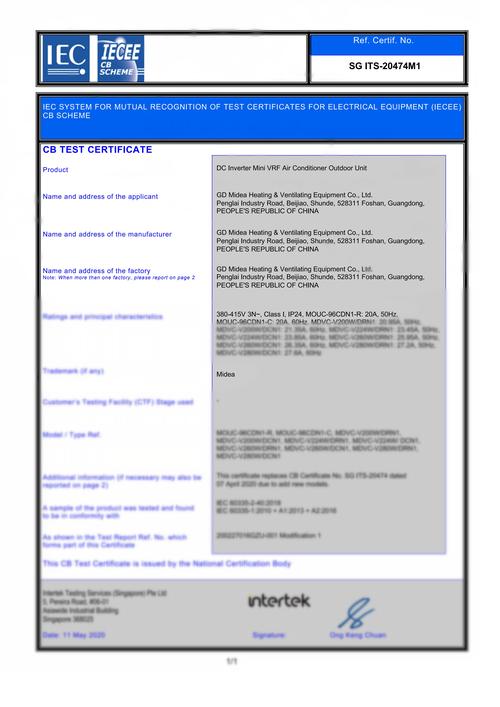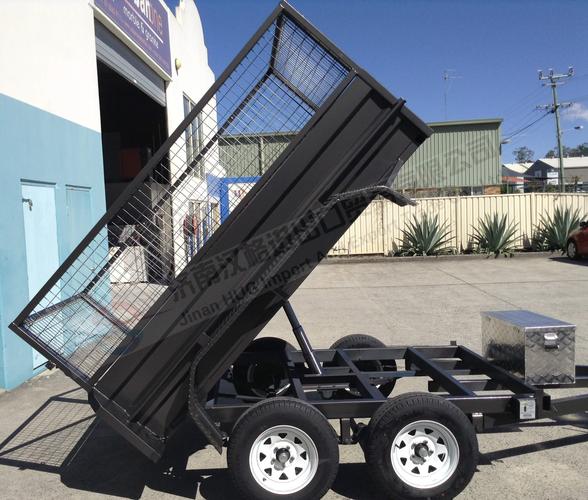Cooling Load in Ton: A Comprehensive Guide
Understanding the concept of cooling load in tons is crucial for anyone involved in HVAC (Heating, Ventilation, and Air Conditioning) systems. It’s a measure that helps in determining the size of the cooling equipment needed for a specific space. In this article, we will delve into the details of cooling load in tons, its significance, and how to calculate it accurately.
What is Cooling Load in Ton?

Cooling load in ton is a unit of measurement used to express the cooling capacity required to remove heat from a space. One ton of cooling is equivalent to the amount of heat that can be removed by a refrigeration system in one hour, which is approximately 12,000 British Thermal Units (BTUs). This unit is commonly used in the United States and Canada.
Significance of Cooling Load in Ton

Calculating the cooling load in tons is essential for several reasons:
-
Ensuring Comfort: An accurately sized cooling system ensures that the space remains comfortable throughout the year, regardless of the weather conditions.
-
Energy Efficiency: An oversized cooling system can lead to higher energy consumption and increased costs. On the other hand, an undersized system may not be able to maintain the desired temperature, leading to discomfort and inefficiency.
-
Equipment Longevity: An appropriately sized cooling system reduces wear and tear on the equipment, leading to a longer lifespan.
Factors Affecting Cooling Load in Ton

Several factors influence the cooling load in tons, including:
-
Building Size and Orientation: Larger buildings require more cooling capacity, and the orientation of the building can affect the amount of sunlight and heat gain.
-
Insulation: Proper insulation in walls, roofs, and floors helps in reducing the cooling load.
-
Windows and Doors: The number, size, and type of windows and doors can impact the cooling load.
-
Occupancy: The number of people in a space affects the cooling load, as humans generate heat.
-
Equipment Heat: Computers, lighting, and other equipment generate heat, contributing to the cooling load.
-
Outdoor Climate: The local climate and weather conditions play a significant role in determining the cooling load.
Calculating Cooling Load in Ton
Calculating the cooling load in tons involves several steps:
-
Estimate the square footage of the space.
-
Calculate the heat gain from the building envelope, including walls, roofs, and floors.
-
Account for heat gain from windows, doors, and other openings.
-
Consider the heat generated by occupants and equipment.
-
Calculate the total cooling load in BTUs per hour.
-
Divide the total cooling load by 12,000 to convert it to tons.





